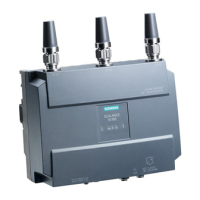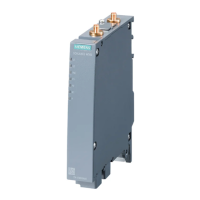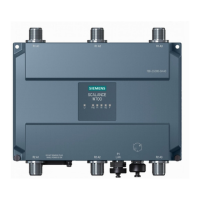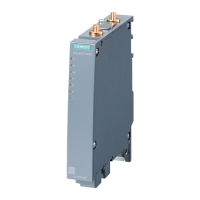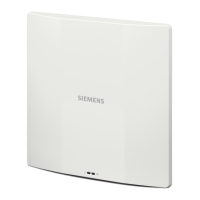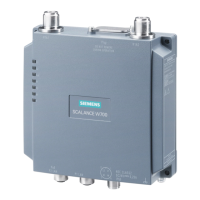Approvals for SCALANCE W770/W730 802.11n
3.3 SCALANCE W774/734 national approvals
rovals SCALANCE W700 802.11n
Reference Manual, 01/2017, C79000-G8976-C392-05
Country Mode CH MHz PWR
(EIRP)
Use
Brazil 11g 11n 1 2412 4000 mW Indoor + outdoor
- -
13 2472
11a 11n 36 5180 200 mW Indoor only
- -
48 5240
11a 11n 52 5260 200 mW Indoor only
TPC - -
64 5320
100 5500 1000 mW Indoor + outdoor
- -
140 5700
11a 11n 149 5745 4000 mW Indoor + outdoor
- -
165 5825
Chile 11g 11n 1 2412 100 mW Indoor only
- -
13 2472
11a 11n 36 5180 100 mW Indoor only
TPC - -
48 5240
11a 11n 52 5260 100 mW Indoor only
DFS + TPC - -
64 5320
11a 11n 149 5745 100 mW Indoor only
DFS - -
165 5825
China 11g 11n 1 2412 100 mW Indoor + outdoor
- -
13 2472
11a 11n 36 5180 200 mW Indoor only
TPC - -
48 5240
11a 11n 52 5260 200 mW Indoor only
DFS + TPC - -
64 5320
11a 11n 149 5745 2000 mW Indoor + outdoor
- -
165 5825
